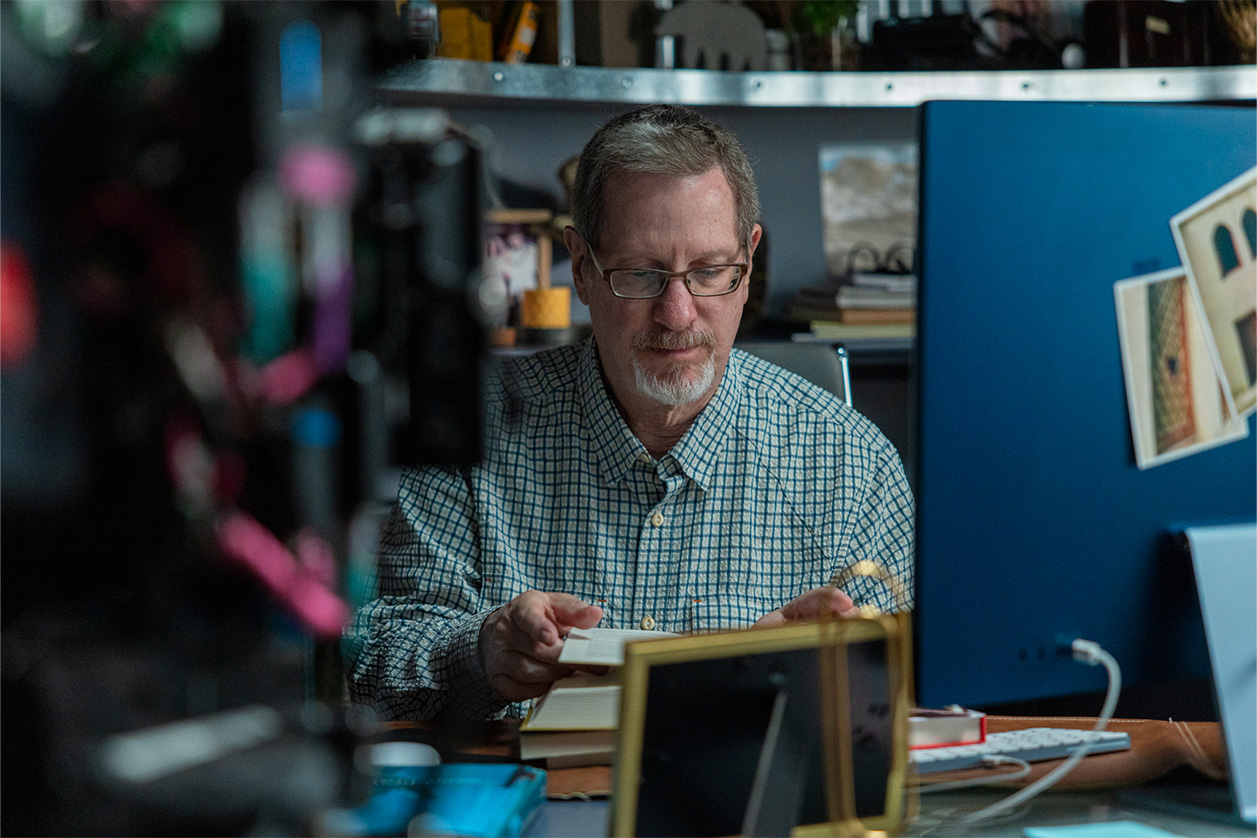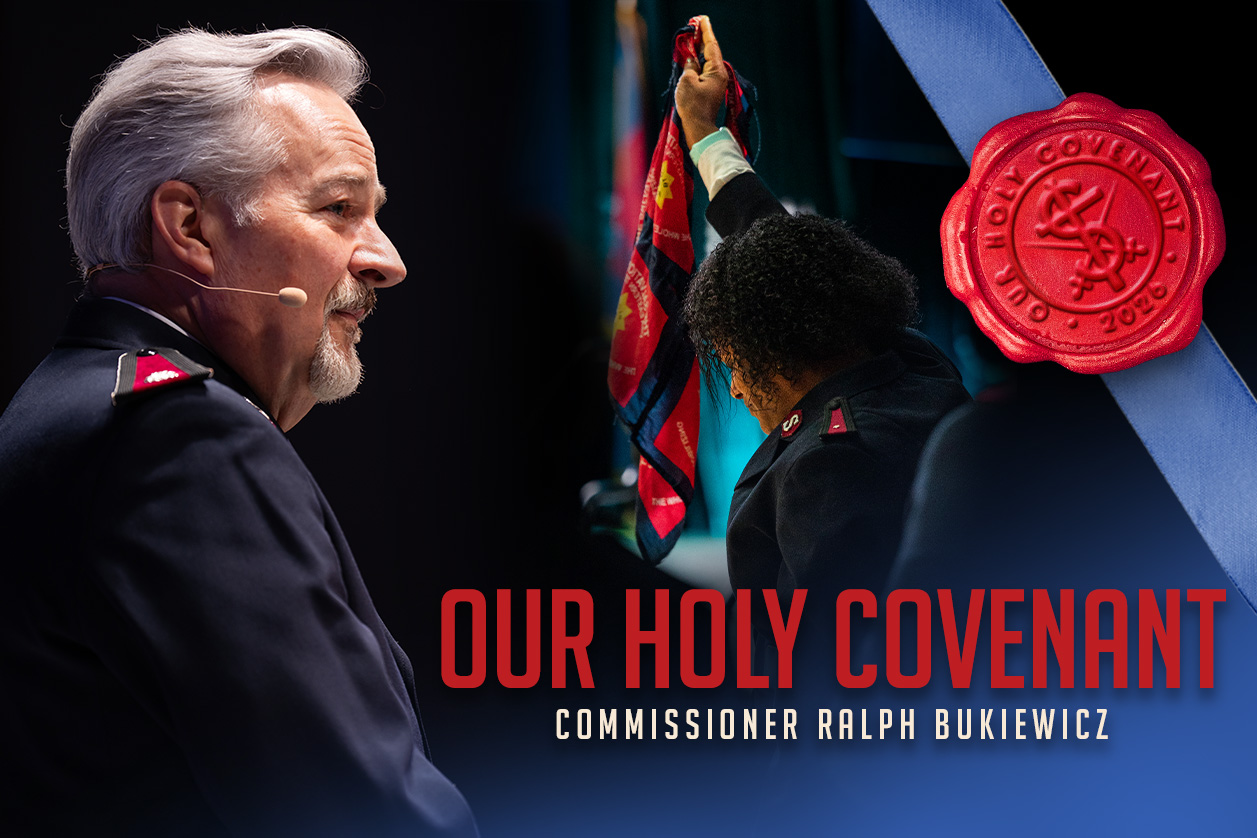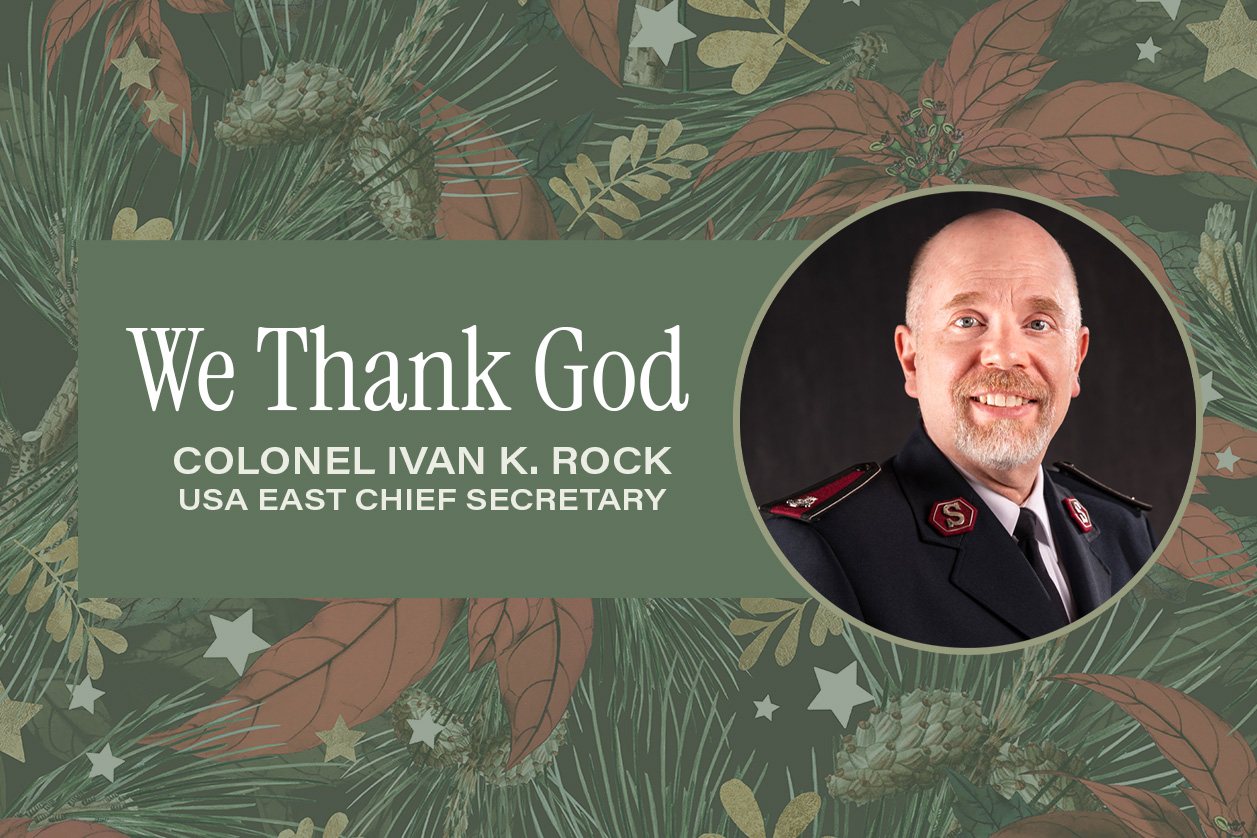Return to the Tower
by Warren L. Maye
Remember 9/11 | History
Breathtaking is the word that describes the view from One World Observatory, 102 stories above Manhattan Island atop of One World Trade Center. Formerly known as the Freedom Tower, it stands next to the memorial that marks the site of the World Trade Center tragedy.
Now, 20* (originally published in 2021) years later, my memories of the sights, sounds, smells, and feelings remain vivid.
A Beautiful, but Tragic Morning
On that 9/11 morning, I enjoyed an exchange of text messages via the internet with my son who sat in his college dorm room in Boston. I looked out of the window of my home at a beautiful blue sky and anticipated a quiet and relaxing day. Minutes later, all that changed.
The sound of twin engine fighter jets flying low overhead caught my attention. I had grown up around them, and I knew the sound. They headed toward Manhattan.
I turned on the radio and heard news reporters describe the first hit on Tower 1. I turned on my TV and saw shocking pictures. I loaded a cassette into my VCR and another cassette into my radio/tape deck and pressed “record.” Then I called Territorial Headquarters in West Nyack, N.Y., and then the Greater New York Division Headquarters on 14th Street, to find out how The Salvation Army would mobilize. Their personnel were already on the scene.

Aerial view from an helicopter of Lower Manhattan. New York. USA
The next day, I was at Ground Zero and stayed till early the next morning. I felt grateful for the opportunity to participate in some small way.
Being there helped me accept the shocking reality of what had happened. I’ll always remember the extraordinary camaraderie, faith, love, and determination displayed when people of different races, faiths, and social backgrounds came together to fight a common enemy and recognize their shared humanity.
I will also remember feeling profound sadness. I thought about my son and how he loved New York. Just a week earlier during a drive along the highway, we talked about the movie “Pearl Harbor,” which had opened that year in theaters. Actors Ben Affleck, Cuba Gooding Jr., and Kate Beckinsale reenacted that 1941 attack in such a way that my son asked, “Did it really happen that way? Did all those people die like that?”
I said, “Yes. Your generation has never witnessed anything like that. You’re fortunate.” He fixed his eyes on the road. I knew he had more questions, but he remained quiet.
So, at midnight of September 12, 2001, on West Street, I sat on a curb and thought, this is my son’s turn to see tragedy on a massive scale. How will he define it for himself?
Sights, Sounds, Smells, Feelings
I also asked Kleinedler if “Ground Zero” had acquired a new meaning since 9/11. He said that phrase emerged during the nuclear age and already had a meaning. “It would be premature to change it now,” Kleinedler said.
In a nuclear attack, Ground Zero is left desolate, lifeless, and rendered unfit for habitation or use. However, the effects of the stunning attack that destroyed the towers on 9/11 seemed as devastating.
At one of several Salvation Army canteen trucks, uniformed Salvationists laid out supplies for the long haul. Spotlights kept them visible in the night. Everybody wore a mask to protect them from the dusty and contaminated air.
Eating together at a Salvation Army canteen offered workers relief from the stress and struggle. It was a time of relaxation, camaraderie, and rest. As night fell, workers who had met only that morning developed an emotional and psychological bond that was frequently sealed at a canteen.
Bravo Group was one such team. These men of various races, backgrounds, and stations in life had eagerly volunteered for service on the morning following the attack. The group worked all day. They cleared rubble and searched for survivors.
By nightfall, they were exhausted. Ash and smoke covered them from their hardhats to the melted soles of their steel–toed boots.
Although the events of the day could have easily caused the team feelings of depression and a sense of failure as they dug for survivors only to uncover parts of human beings, Bravo Group still lived up to its name.
As the nine men emerged from darkness and into the light near a canteen on West Street, their exuberant expressions of hope were as bright as the floodlights that illuminated the area. Cadets from the Salvation Army’s College for Officer Training prepared plates of food for the men as they shared stories about the rescue effort.
The cadets found hope in Bravo’s diverse but cohesive team. Whether from New York City, New Jersey or Hawaii, each man agreed with the sentiments expressed by Gabriel H. Acosta, a group member from New York. “We never met before today,” he said with an arm around Mark Figueroa, another group member. “But people can come together, no matter what their race or background. We are proof of that.”
Wilson “Cujo” Corujo said with a broad smile, “Please convey our special thanks to The Salvation Army. You guys have done a [heck] of a job!” After eating, they thanked the cadets, hoisted their gear, and marched back into the darkness.
The freedom to choose
On July 4, 2021 when I looked down on the Statue of Liberty from the One World Observatory, I was reminded that the first time I saw Lady Liberty from that angle was a few days after 9/11. I stood on a balcony of the American Express building. That day, I had a sobering choice; I could look down into the city to my left, see the smoldering remains of the towers, and believe hope was lost, or I could look to my right, into the beautiful harbor and admire the iconic statue that has, since the end of the Civil War, promised freedom and hope to people here in this country and the world over.
If you had a chance to define the word 9/11, how would you do it? What would you tell your children about it? For me, it will always mean “a time of extraordinary camaraderie, faith, love, and determination when people of different races, faiths, and social backgrounds came together to face great odds, and who were determined to survive the worst the enemy had to offer.”




